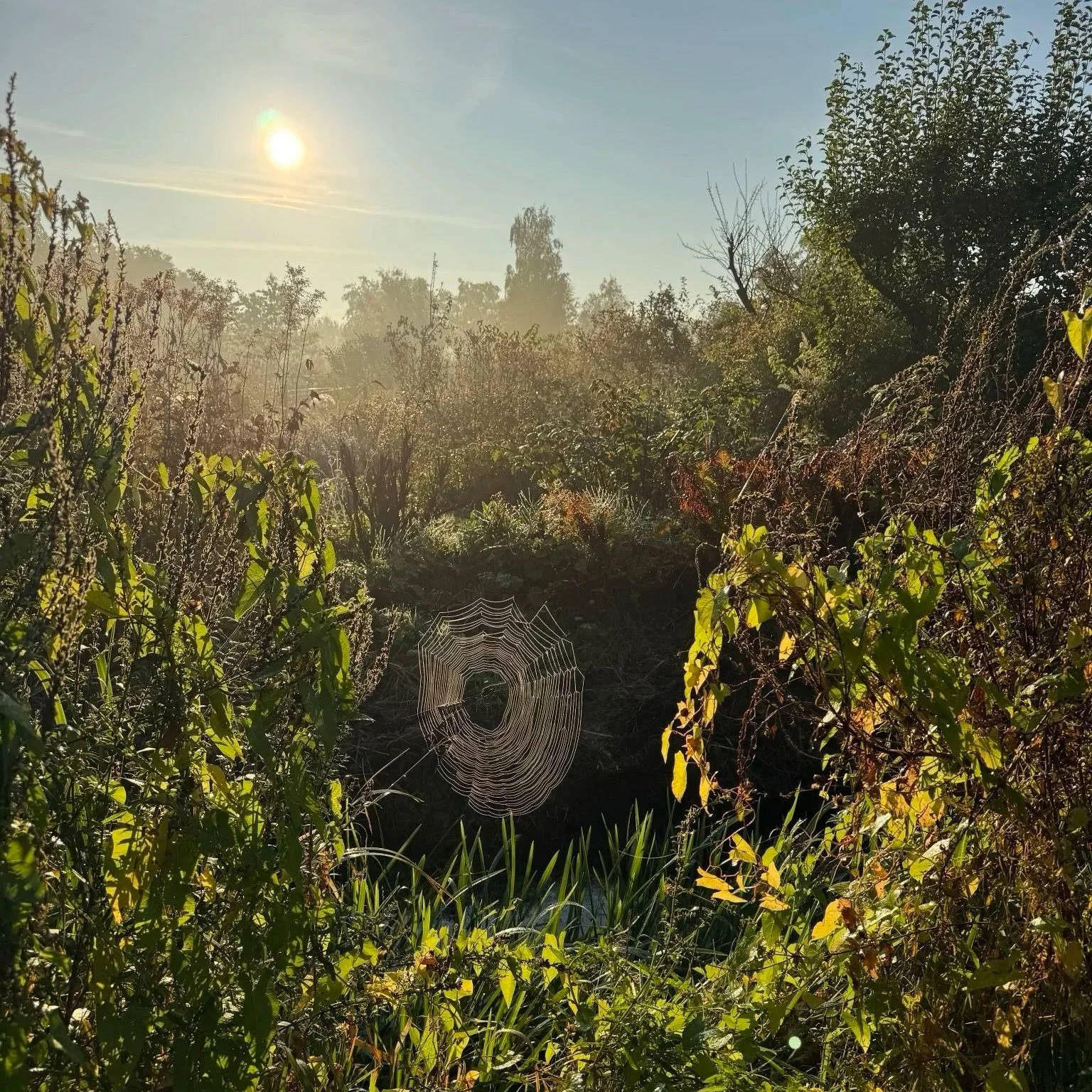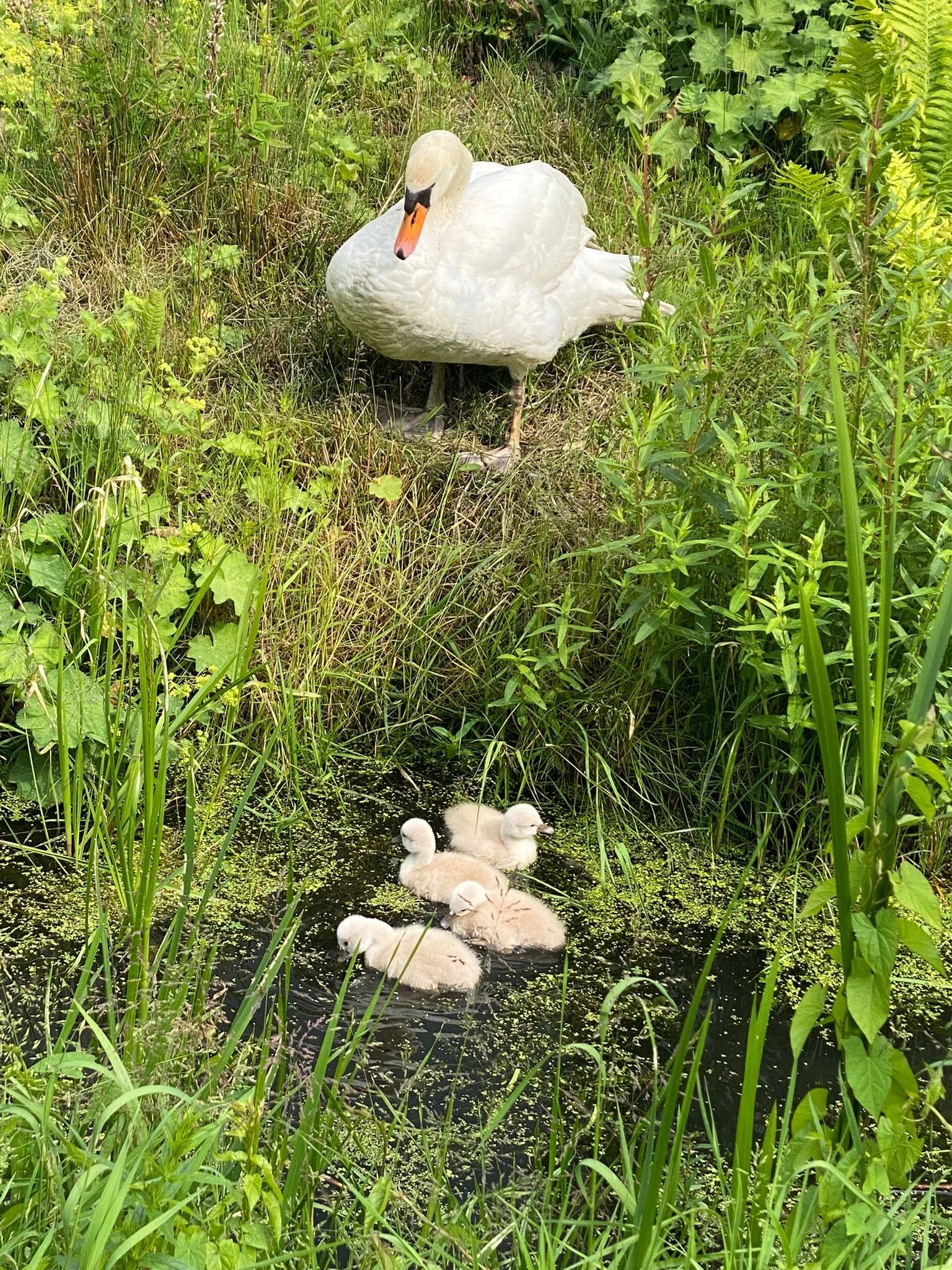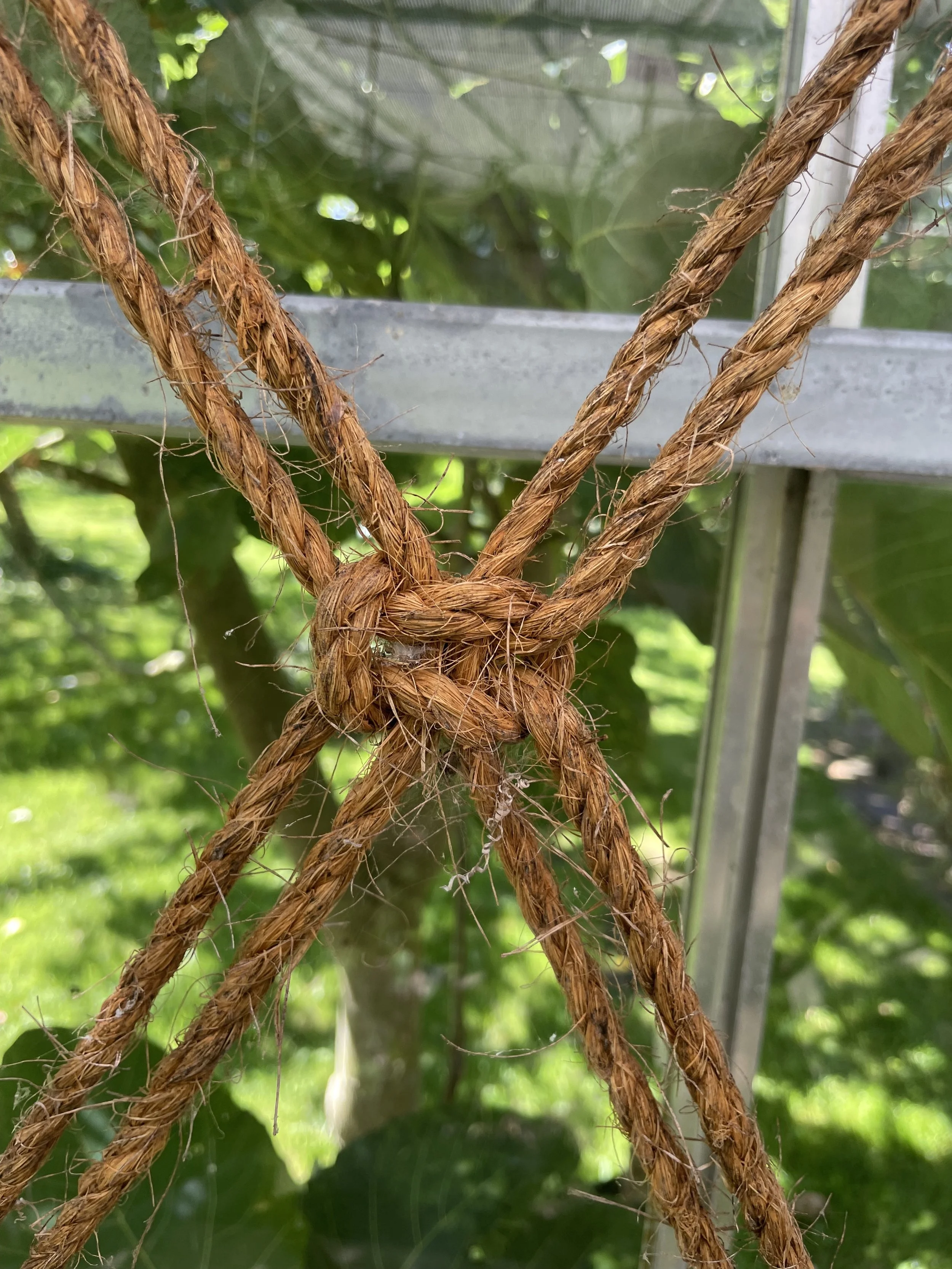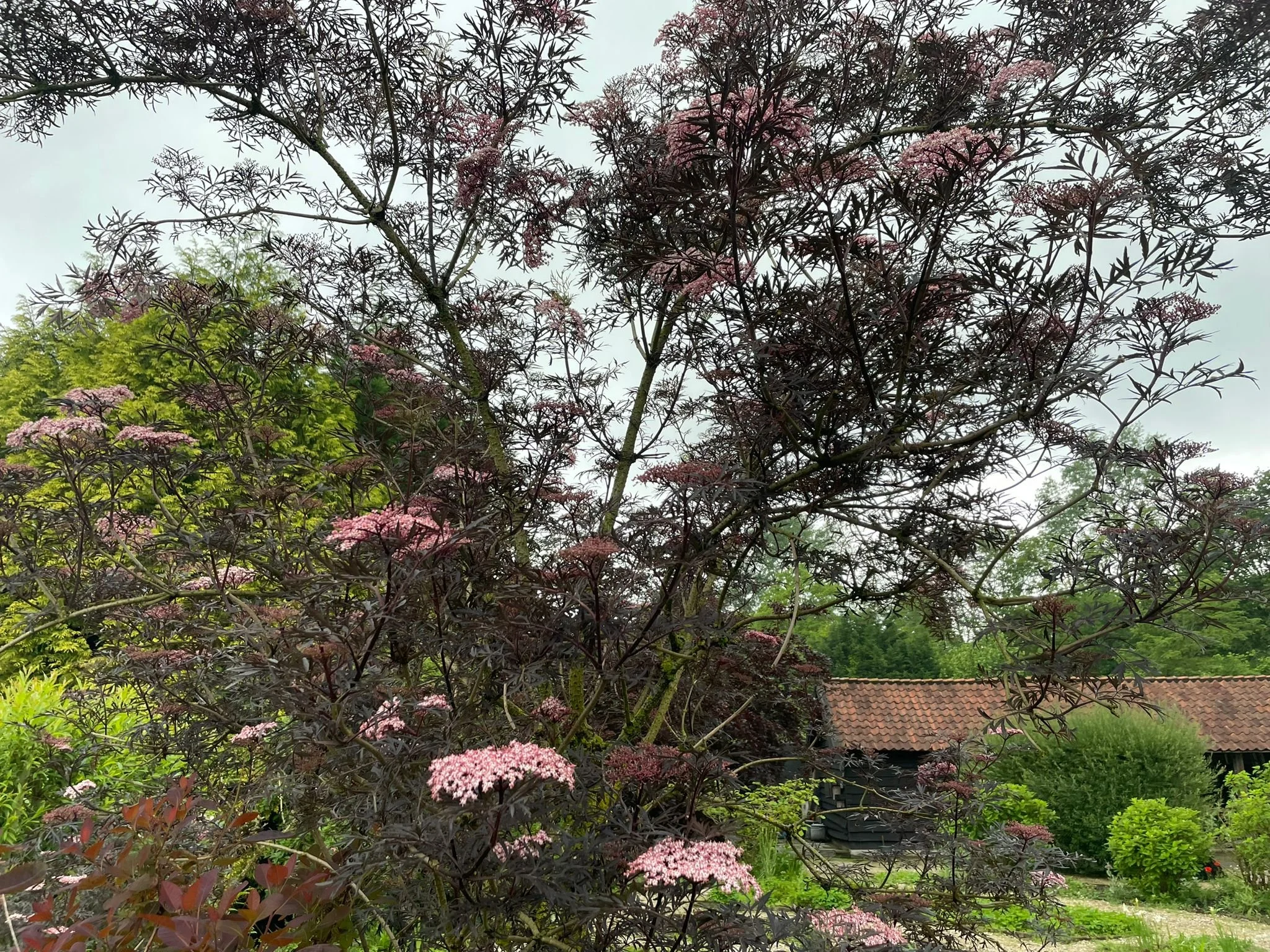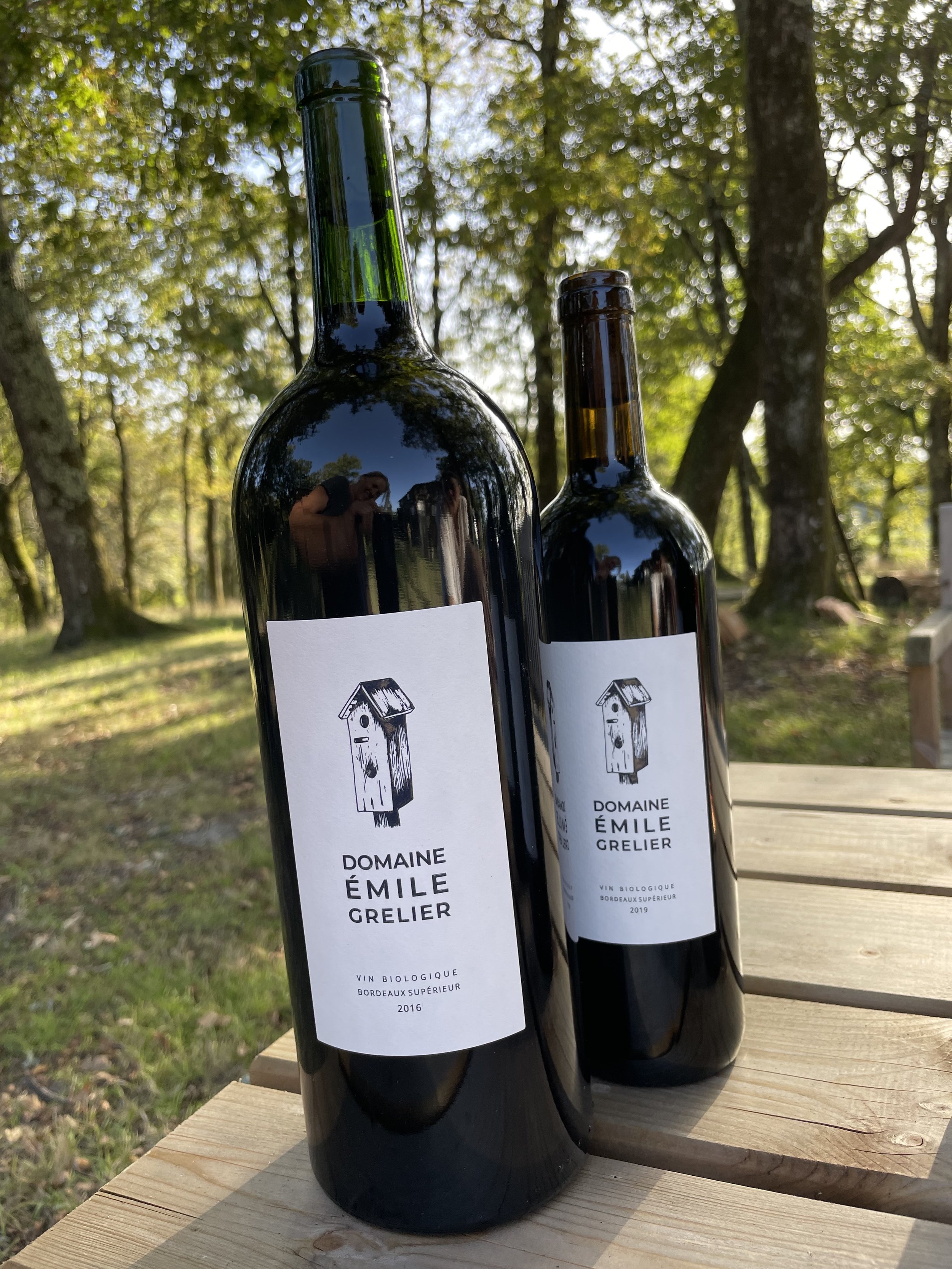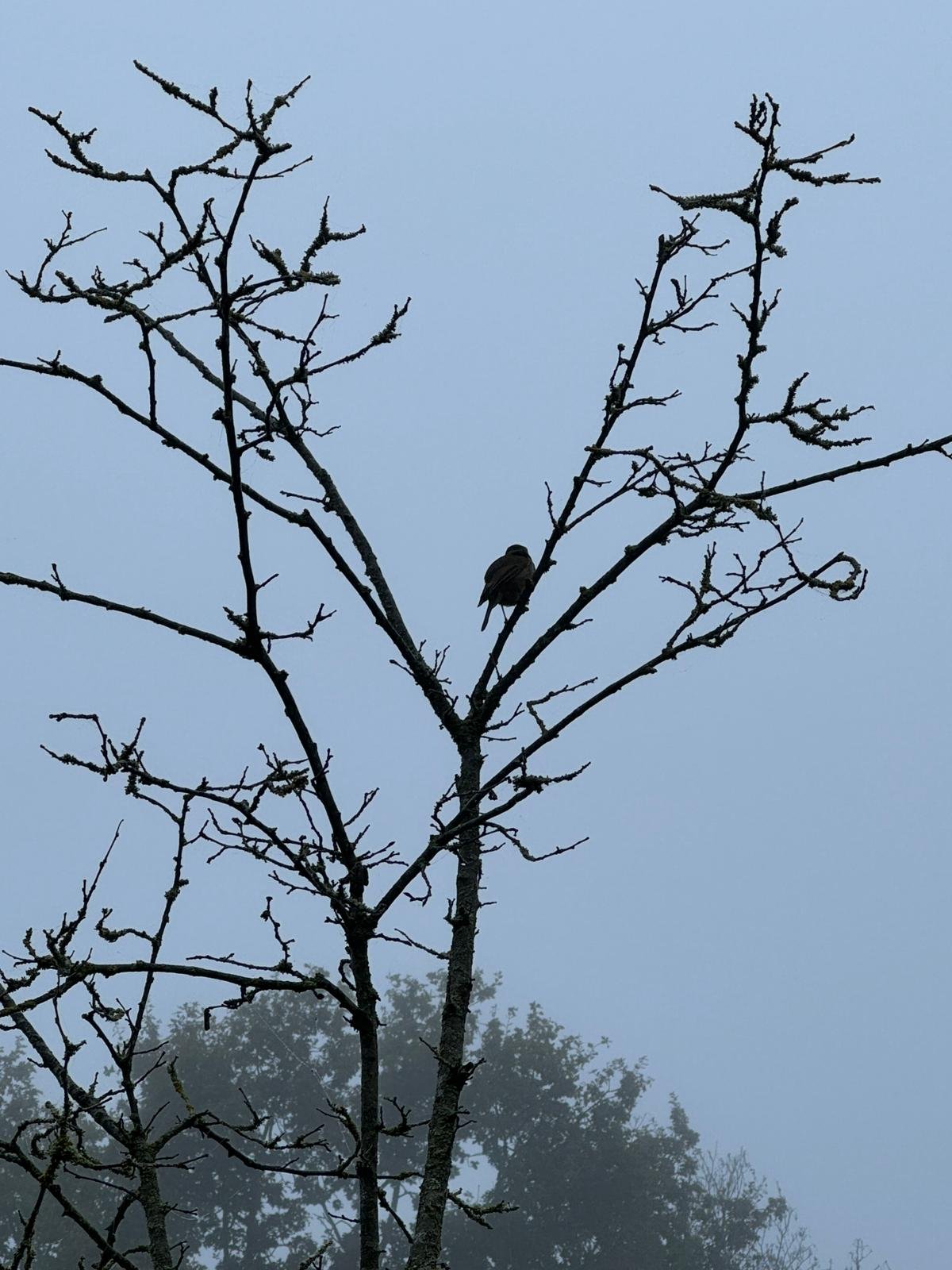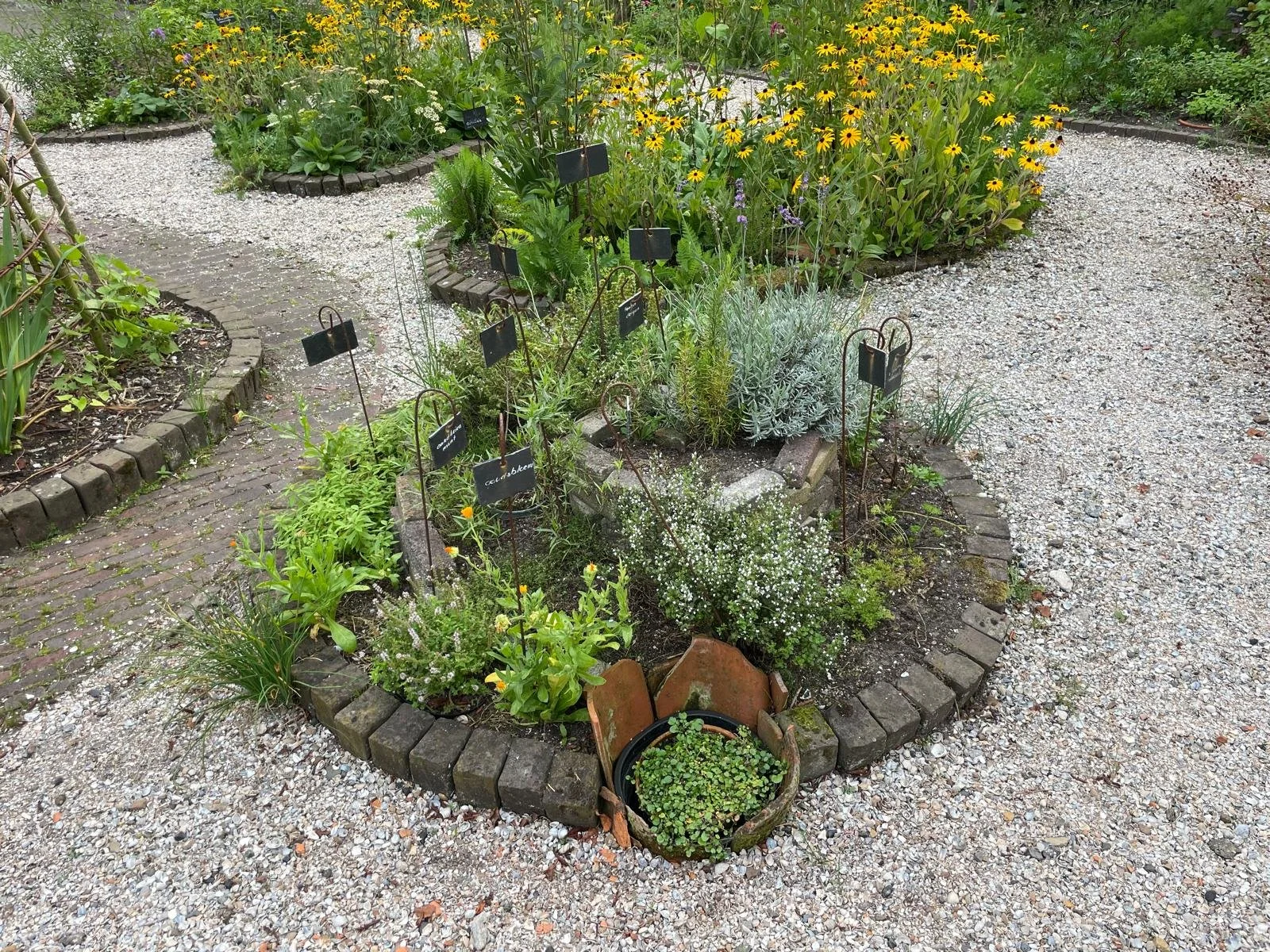Grow with us - 7
Edge Creativity:
Designing Life in the Margins
by Sylvia Avontuur, Permaculture designer and educator
The most productive parts of your garden are probably the spaces you've been ignoring—those awkward corners, the strips along fences, the ragged margins where different worlds collide. In permaculture, we call this the "edge effect," and it's one of the most creative principles to work with because it's so effective.
I recently wrote about this for Dutch garden magazine Tuinjournaal, which dedicated their October 2025 issue to the theme "Verwildering binnen de perken" (Rewilding Within Bounds)—exploring that fascinating tension between cultivation and wildness, between control and letting go. My piece, "Koester de rafelranden" (Cherish the Ragged Edges), makes the case for something most gardeners overlook: those messy margins are where real magic happens.
Where Two Worlds Meet
The edge between two ecosystems is where you'll find the majority of productivity and diversity. Whether it's the creative energy that bubbles up in transitional neighborhoods at the edges of cities, or the incredible biodiversity that emerges where forest meets meadow—edges are where life gets interesting.
In my own garden, which borders water, I see this principle in action every year. A duck builds her nest in my ivy hedge—I even captured the moment she jumped out followed by her little ducklings. The water edge brings so much extra life: in transitions from land to water, you get incredible variety from wet to moist to dry in a small space. Each microhabitat creates opportunities for different species to thrive with less competition. The duck needs both water for food and land for shelter—the edge gives her both.
At Het Landje van de Boer—an inspiring community pick-and-taste garden in Overveen that features forgotten vegetables, herbs, an orchard, and flower borders—I'm currently focusing intensively on developing the edges. The transition zones simply work better than uniform areas—you get more species, more growth, and better natural pest control. It's where experimentation happens and where you can really see what emerges when different systems meet.
All the pictures above taken at Het Landje van de Boer
Your Garden's Natural Pest Control Team
Creating biodiverse edges around your garden is one of the most effective ecological strategies. By planting hedges and thickets—ideally with fast-growing, nitrogen-fixing species, and thorny plants for protection—you're essentially building a team of natural helpers. These woody plantings create favorable microclimates and safe nesting sites for birds. Some birds eat slugs, others target crop-damaging insects. The mixed vegetation attracts beetles and ladybugs that hunt aphids. It's elegantly practical: give nature what it needs, and it does the rest.
During a visit to Domaine Emile Grelier, a winery in France, owner Benoit showed me how they've created diverse edges alongside their birdhouse program to increase resilience. Their hedgerows provide living spaces for beneficial insects that fight vine predators, slow harsh winds, and stabilize slopes. As they put it: "Our approach aims to be holistic, striving to consider wholes rather than parts, taking into account that each element is in constant interaction with others."
The Productive Margin
"Marginal" sounds negative, but in permaculture we see edge phenomena as positive. Foraging in your own garden is pure luxury, and edges are more productive than you think. Rediscovering "weeds"—often incredibly nutrient-rich plants like ground elder—brings valuable harvests. At Het Landje, we harvest wild garlic early in the year from the bird thicket. I've replaced ornamental hydrangeas with dog roses that yield vitamin-rich rosehips for autumn tea.
If you want butterflies in your garden, you need to value their life as caterpillars before the transformation. Alongside nectar from flowers, caterpillars need host plants: stinging nettles, dame's rocket, honesty, evening primrose, and wild marjoram. And for night butterflies—those marginal inhabitants of darkness—I planted spindle tree, blackthorn, and honeysuckle.
The flower border at Versailles' Potager du Roi
Framing the Wild
Biodiverse edges don't have to look messy. I learned this at Versailles' Potager du Roi during a tour by artist Raphaèle Berbard-Bacot. She showed how they've integrated flower borders with native beneficial plants into their formal garden. Tradition and permaculture working together. By adding a mown pathway around a wild edge, or keeping one side of a hedge neatly trimmed, you create clear lines that frame the wildness within.
At Het Landje, alternating shapes create a playful effect: rectangular vegetable beds alongside half-round borders in the flower theater and raised kidney-shaped herb beds. Stacked stones offer extra growing space for wall plants. Willow structures maximize vertical space. And the herb spiral shows how curves and elevation increase edge length and create gradients from dry to moist—so every herb finds its perfect spot. Mown paths frame the wild abundance within the beds.
Making Water Edges Work
When we think about adding a pond, we often imagine a round shape, but you can create wavy edges for more edge effect. The best approach is creating gradual transitions from water to land instead of abrupt, steep banks. These gentle, sloping water edges—what we call "flauw talud" in Dutch—offer much more living space for plants and animals. Even a wadi (a natural depression for water catchment that's temporarily wet and dry) would be a valuable addition for any garden.
Start With What You Have
Whether you're designing a small city garden or managing a historic estate, look for opportunities to create transitions between different zones. The most productive parts of your garden are probably the spaces you've been ignoring: awkward corners, strips along fences, or the circle of soil around a tree. Look beyond boundaries and see edges as opportunities for rewilding and marginal productivity. By designing with edges in mind, you create systems that need less maintenance and deliver more life.
Urban Permaculture Design Course 2026
Want to explore edge design and ecological gardening in depth? Starting in 2026, Cityplot is launching a new Urban Permaculture Design Course (PDC), bringing together diverse experts from the Cityplot collective to share their knowledge and experience.
Building on our signature Get Down, Get Dirty course, participants can expand their learning through comprehensive PDC modules covering:
Food forest systems
Social permaculture
The built environment
Design principles and project development
Personal guidance throughout the design process
This unique program adapts permaculture design principles specifically for urban contexts, combining international permaculture knowledge with deep Amsterdam growing experience. The course will be co-facilitated by certified permaculture teachers and practitioners who understand the challenges and possibilities of city gardening.
Email us for more information about how to take part in Cityplot's new Urban PDC!
Learn more at www.tuinstichting.nl, Het Landje van de Boer at www.landjevandeboer.nl Potager du Roi Versailles https://www.ecole-paysage.fr/fr/potager-du-roi Artist painter of plants Raphaèle Bernard-Bacot www.rbernardbacot.com and Domaine Emile Grelier https://www.domaine-emile-grelier.fr/
Sylvia Avontuur Permaculture designer and educator

